Hidradenitis suppurativa (HS for short) is a debilitating recurrent inflammatory skin disease that is estimated to affect 1-4% of the population.
It produces extremely painful, deep seated lesions/boils that can fester under the skin for weeks or months at a time and turn into abscesses that repeatedly drain and swell. Multiple boils can crop up in an area and connect to one another under the skin via sinus tracts. The skin can become quite disfigured from scarring and infection as the disease becomes more severe.
HS typically first appears in areas where skin touches skin: the groin, buttocks, armpits, and under the breast fold for women. However, it can also appear on the upper legs, chest, around the hairline, and even on the face.
The prognosis that most dermatologists give upon diagnosis is utterly bleak:
there is no cure
it will definitely get worse over time
you will need to take long-term chronic antibiotics and/or immunosuppressants
eventually it will get so bad that you will need surgery
surgery will likely need to be repeated
you have an increased risk of developing cancer in the affected skin
What kind of surgery is done for hidradenitis suppurativa? It's pretty barbaric. Large portions of your skin are excised, leaving a cavernous open wound behind that may require a skin graft. In some cases, the deep wound is left open and it must be packed daily as it heals from the inside out slowly.
And guess what? They'll tell you that surgery is not to be considered a cure and that the boils will likely return in the same location after time passes.
If you ask most dermatologists if diet has any impact on this disease they will laugh and tell you "no way".
Well, dermatologists be damned, I put mine into remission with diet, lifestyle, skincare, and Chinese medicine.
IMPORTANT DISCLAIMER! I am a scientist but I am not a medical professional and the information in this post is NOT to be misconstrued as medical advice. This is my journey and is shared for informational purposes only. Consult your healthcare provider before making any drastic diet, supplement, or medication changes.
Diagnosing My Hidradenitis Suppurativa
I was around 24 years old when my first boil cropped up in my groin area. It appeared out of nowhere after a road trip to my in-laws (about 8 hours in the car). It was the size of a golf ball and hurt like the devil.
I had no idea what it was. Some kind of bizarre STD?! I didn't know what to do about it and had to suffer in silence for the trip. I was almost too embarrassed to tell my husband about it, but I did.
Once we got home, I made an appointment with a gynecologist first, since I was so concerned it was an STD. He had no idea what it was, but he said it didn't look like any kind of sexually transmitted disease he'd ever seen and told me to see a dermatologist.
So I made that appointment and she immediately knew what it was. The nurse who was with her actually suffered from it herself under her breasts.
This doctor told me "don't you ever believe anyone if they tell you there is a cure - they are selling snake oil and just looking to profit off of your disease. Nobody can ever help you. You are going to need to take antibiotics for a long time and will need surgery eventually. This is a horrible disease that will only get worse over time. You may also develop squamous cell carcinoma in the affected skin."
She prescribed chronic doxycycline and told me to call her once I got a yeast infection (since it was a given that I would get one eventually while taking chronic antibiotics). At that point I'd stop the antibiotics for anywhere from a few days to a week or two and take the diflucan. Rinse and repeat for the rest. of. my. life. is what I was told to expect.
She told me to expect it to get worse and worse over time, never better. The one thing she said might result in a brief, mild improvement could be weight loss (I was obese and weighed 210lbs at the time).
Unfortunately, she was right and it did only seem to get worse. I might get some relief from the antibiotics, but soon enough a yeast infection would set in and I would have to stop them. Each time I stopped the antibiotics, the boils would come back with a vengeance.
Hidradenitis suppurativa is classified according to stages to describe the severity, from Hurley stage 1 to stage 3. I was advanced stage 2 at my worst. From the HS Foundation (warning: graphic images at that link):
Hurley Stage I – is a single lesion without sinus tract (tunnel) formation.
Hurley Stage II – Stage II manifests as more than one lesion or area, but with limited tunneling.
Hurley Stage III – Stage III is defined as multiple lesions, with more extensive sinus tract formations and scarring. It involves an entire area of the body
Autoimmune vs Autoinflammatory
While hidradenitis suppurativa is associated with autoimmune diseases like psoriatic and rheumatoid arthritis, Crohn's disease, and Hashimoto's thyroiditis, it is thought to be autoinflammatory in nature, but there is not currently a consensus among scientists. The difference between autoinflammatory and autoimmune diseases comes down to which part of the immune system is dysregulated.
Autoinflammatory diseases involve the more primitive innate immune system, which is a non-specific defense response and involves macrophages, scavenger cells, white blood cells (leukocytes).
Autoimmune diseases involve the more sophisticated adaptive immune system, which produces antibodies against specific antigens (and in the case of autoimmune disease, autoantibodies - antibodies against the body's own tissue). The innate immune system is required to call the adaptive immune system into action. T and B lymphocytes (including T helper cells, T killer cells, memory T cells, and regulatory T cells) are part of the adaptive immune response.
What Causes Hidradenitis Suppurativa?
There is no clear consensus currently as to why hidradenitis suppurativa happens in the first place and you will find hypotheses that it is caused by an overactive or an underactive immune response. However, many scientists seem to agree that an abnormal immune response (whether it is an overreaction or underreaction) to the normal skin bacterial flora is at the root of HS.
A study from 2017 examining 42 patients found that 67% of chronic HS lesions had bacterial biofilms. Biofilms are hardy communities of bacteria that are stuck to each other and to a surface with extracellular polymeric substances (EPS). They can be extremely difficult to disrupt and treat and are linked to chronic infections. Dental plaque is an example of a common biofilm.
Some scientists hypothesize that HS is an autoinflammatory disease and occurs due to an exaggerated cytokine response from the innate immune system.
Others postulate that it is due to a deficiency in the innate immune system's response to the normal bacteria that live on our skin, allowing them to become pathogenic.
HS was formerly thought to be a disorder of the apocrine (sweat) glands, however current research has shown it to be caused when hair follicles become blocked and inflamed. The prefix hidraden- means "related to a sweat gland" and the suffix 'itis means inflammation, and if a wound suppurates it means it festers and forms pus, so some researchers say that the name "hidradenitis suppurativa" is a misnomer since the disease does not begin in the sweat glands.
Some argue for the name to be changed to "dissecting terminal hair folliculitis" to bring some clarity as to how the disease arises and to distinguish it from acneiform diseases (resembling acne) or apocrine (sweat) gland disorders. An currently accepted synonym for the condition is acne inversa.
Hidradenitis Suppurativa and my health crash
At this point in my life in my mid 20s I wasn't just dealing with HS, I was actually quite sick dealing with multiple chronic diseases, several of which are risk factors/comorbidities for HS.
I was obese, had metabolic syndrome, was diagnosed pre-diabetic (which had possibly escalated to full blown type 2 diabetes), had hypertension (high blood pressure), dyslipidemia (imbalanced blood cholesterol levels) that made a doctor want to put me on statins, depression, anxiety, insomnia, IBS-D, and GERD.
I took prescriptions and OTC pharmaceuticals by the handful just to get by every day. More than a dozen drugs daily.
I knew that I could not keep going on the trajectory I had somehow gotten myself on. I was in my mid-20s and should have been feeling strong, capable, and confident and instead I felt like I was quickly approaching disability and early death.
Of all the health problems I was dealing with, ultimately it was the HS that lit the fire under me to make a CHANGE and take control of my health.
I had wanted to lose weight anyway because I was so physically uncomfortable and was experiencing limited mobility due to obesity. But when weight loss was the ONLY thing that the dermatologists told me could possibly lessen the severity of the HS, I finally got the motivation I needed to figure out how to lose weight.
Looking For Alternative Treatments for Hidradenitis Suppurativa
My memory of the specific dates is fuzzy, but after about 1.5-2 years of the hellish antibiotics-yeast infection cycle, I had had enough. I started looking for alternatives. I was willing to try anything.
I would frequently have to miss a day of work here and there due to the boils causing severe pain and limited mobility. The pain from the boils is sharp and searing and cuts you to the bone. Sometimes all it takes is a feather-light touch and it feels like you've been stabbed by a hot knife.
Any time I had an active flare, sex was simply too painful. I gained even more weight on the antibiotics and was exhausted all the time. My digestion was an absolute mess because of the antibiotics and I was taking antacids, proton pump inhibitors, and anti-diarrhea pills every single day just to get by.
One day I found Primal Girl's website where she talked about her experience with HS and how she was able to find relief by changing her diet. She also wrote a book about HS called The Hidden Plague, but I haven't read it so can't vouch for all the info inside. I've heard it strongly emphasizes the AIP which I do not agree should be the first step if attempting relief through diet.
My first exposure to the Paleo diet had been while researching how to run without injuring myself which led me to barefoot running, and there was a mention of Mark Sisson's website on Barefoot Ted's Google Group.
Tara's website and testimony about the power of diet to put HS into remission was enough to make me give Paleo a try. It helped that her story was also featured on Mark's website (my story is there too!)
I also came across some discussion threads where people talked about using things like tea tree oil and turmeric powder on their boils to help them heal, so I started experimenting with those things as well.
I also stopped using conventional cosmetics and skincare products that contain endocrine disrupting chemicals like parabens and phthalates since for some there is a distinct endocrine (hormonal) component to HS. Many women, myself included, notice that the disease presentation changes over the course of the menstrual cycle. Learn how to reduce exposure to these ingredients here.
Keto Paleo For Hidradenitis Suppurativa
On the left I was very sick, inflamed, and suffering through the worst of my HS flares. I've maintained the 80 lb weight loss all these years!
When I first went Paleo in 2010 I did a ketogenic approach. I remember being apprehensive about even enjoying berries, much less anything like sweet potatoes, because I had such a strong desire to lose weight and felt that a ketogenic approach was the only way I would see results.
I focused on eating tons of non-starchy vegetables, healthy fats like coconut oil, pastured lard, grass-fed tallow, ghee, and other animal fats, and meats from well raised animals (grass-fed beef, pastured pork and poultry).
I kept this ketogenic Paleo approach going for about the first year. In that year I lost 80 lbs and dropped 7 pant sizes and was able to come off of all of the drugs.
I noticed improvement in HS severity right away, but putting it fully into remission was a slow process. And when I would go through a weight loss spurt I would typically experience a bad flare.
By 1 year the boils were much smaller, perhaps like a marble at their worst. And instead of getting clusters of them together at the same time, I would only get one at a time, and the frequency was reduced dramatically.
I was beyond thrilled to spend more time WITHOUT an active flare than WITH one.
After I had lost the weight, I felt I needed to resume eating more carbs and stop the ketogenic approach. I've tinkered here and there over the years with periods of being low-carb, but I eat a moderate carb Paleo-ish diet at this point now in 2018.
About 2 years into my journey, now eating carbs when I wanted them, I would typically only get a tiny pea-sized flare if I got them at all, and I definitely noticed that I would get them either at ovulation or in the week before my period.
And if I am very honest, I was placing an unhealthy emphasis on food for the first few years of my journey. This is a very common phenomenon and I think it happens because we FINALLY find something that makes us noticeably feel better, so we want to KEEP feeling better at all costs. Paleo made me orthorexic in the beginning (obsessed with labeling food good/bad and feeling anxiety and shame for eating "bad" food).
I was working a very, very stressful job as a scientist in a lab the first 4 years of my journey. 2 years in my mother died suddenly. I knew that I was going to have to leave that job and do a much better job at managing stress and also work through my grief to enjoy full remission. I knew that diet alone wasn't the answer.
Triggers For Hidradenitis Suppurativa
I was never able to identify any specific food triggers that caused flares. You can find a ton of anecdotal discussion in HS groups, though, regarding specific foods causing flares.
Gluten, dairy, yeast and edible fungi, alcohol, and nightshades seem to be the most common triggers. For a while I thought that perhaps alcohol caused flares for me, but it was never consistent enough for me to say for certain.
I did have a lot of food sensitivities when my HS was active, though, but my reaction never involved a boil cropping up that I could trace back to a specific food.
For me, the biggest trigger has always been STRESS. Lifestyle techniques like meditation, yoga, stress management, prioritizing rest and relaxation, and leaving my extremely stressful job as a scientist were all crucial parts of my healing.
Sometimes also the humid heat of summer has been a trigger for flares for me.
Chinese Medicine for Hidradenitis Suppurativa
I started seeing Chinese medicine doctors 4 years into my journey. I received treatments and herbs to address the numerous food sensitivities I had. Now I can eat all the foods, including wheat (but I only do that a few times a year). I do still broadly follow Paleo but now (8 years in) I eat properly prepared legumes and gluten-free grains most weeks.
Embracing Chinese medicine as my primary care medicine felt so right, since it treats the whole patient and treats each one as an individual. 10 people with the same Western medical diagnosis could all see the same acupuncturist and get 10 different treatment plans to address their unique root causes.
This also marked the shift away from placing too much emphasis on diet. I finally started to REALLY practice authentic self-care with getting enough sleep, meditating, doing yoga, prioritizing rest/recovery/relaxation, doing things to play and have fun, and healing past traumas (I have an ACEs score of 7).
Generally boils are classified in Chinese medicine terminology as "Damp Heat" and I have been instructed during flares to eat foods to reduce dampness while avoiding foods that cause it. You can read more about dampness and food here.
I know, it probably sounds really alien if you're not familiar with Chinese medicine, but remember that I am a neruoscientist and I have embraced this as the best form of medicine for me, as different as it is from Western medicine :) Check out the two books above for beautiful explanations of the medicine.
I have had hundreds of acupuncture treatments by now to bring my body into balance and make me feel vibrant and healthy. I have also taken Chinese herbs off and on since 2014 and believe that Chinese medicine has been absolutely key for helping me to keep HS in remission.
I've written in-depth about my experience as a patient of Chinese medicine in this post about uterine fibroids.
Acupuncture, especially electro-acupuncture, when done in a circle around the boil can cause a rapid resorption of HS boils back into the body OR it can cause deep boils to come to a head at the surface and drain and then quickly heal.
This technique is called "surrounding the dragon" - placing needles all around the area in a circle (it has many other uses beyond HS boils too - here is a paper about it's pain-relieving effects).
Depending on the comfort level of your doctor & the location of your boils, they may do this for you. Mine taught me how to do it myself at home.
I do have a lot of biomedical research experience and have worked as a veterinary technician. I am very comfortable around needles and blood and I have excellent aseptic technique. Because of all of that, so my doc felt comfortable showing me how to do this myself. I can't guarantee that you'll be able to safely use acupuncture needles at home or that your doc will think it's a good idea for you, I am just sharing my experience.
Electro-acupuncture around HS boils HURTS. WOW. But sometimes I would notice the swelling decreasing within a few hours of a session. It would most often cause them to simply resorb back into my body, not drain, although sometimes they would drain. It was absolutely always worth the pain.
Also, be sure to ask your doctor about a topical ointment called Golden Yellow. The "yellow" comes from turmeric, so you do have to be careful about this paste staining your clothes, but let me tell you, it is so effective!
Just like with electro-acupuncture "surrounding the dragon" around a boil, I have been able to apply Golden Yellow as a poultice on top of a boil (covered with a bandage) and have it either a) resorb back into my body or b) come to a head and drain and heal after usually 24-48hrs. You cannot use it on an open wound, however.
6 tips for Healing Hidradenitis Suppurativa Naturally
I believe that improving any kind of health problem requires a holistic lifestyle change and that diet alone is never going to be enough.
1. Make a diet change
A recent farmer's market haul showcasing the vegetables I eat in a week. I would not have gotten strawberries or sweet potatoes if I were still doing keto Paleo
I realize I am the minority here, but I do not think that going on the Paleo autoimmune protocol (AIP) is the first thing you should do if you want to improve HS. I think Paleo is the best first change to make. And if that is too much, just aim for gluten-free and dairy-free and work up to Paleo.
AIP is a drastic diet and honestly should not be done without proper medical supervision. Also, speaking as a scientist, there just isn't compelling evidence to warrant it as the first option for HS. There is a lot of anecdotal information online about how it helps, and I am very aware that for some people the AIP has been truly life-saving.
BUT I also have heard far too many people tell me that AIP ruined their lives. I do not feel comfortable recommending it unless you are working with a qualified practitioner who can help you along the way, especially if you struggle to reintroduce foods.
Some people get sicker, not better, and end up developing many new food sensitivities after staying on the AIP for too long. It was never intended to be a standalone approach to healing complex health issues nor was it intended to be a long-term diet, but rather a temporary elimination diet.
Unfortunately I have watched a culture evolve around the AIP that treats it as the ONE THING you need to do to heal from autoimmune disease and that it is healthy to stay on it for years at a time even if you develop new symptoms/new food sensitivities. I see advice given in groups that if you aren't going into remission for your autoimmune disease, then you aren't "AIPing hard enough".
So why not start with something easier (Paleo) and that isn't linked to causing it's own set of health problems when you stay on it for too long?
Besides for AIP, there is also a lot of anecdotal evidence that a dairy-free or fully Paleo approach to a ketogenic diet is therapeutic for HS sufferers (that is what worked for me). I am also not the only one who has found Paleo to be sufficient. Some also find eliminating nightshades to be an important part of the dietary strategy.
Give yourself six months and see what changes happen in your body. I noticed profound changes within the first few days of changing my diet. If you are stalling, then experiment with eliminating some of the additional things that the AIP excludes, starting with nightshades.
I did do AIP for 6 months under medical supervision and it was not specifically related to HS at all. It was just one component of a whole-lifestyle healing protocol I did to address leaky gut syndrome. AIP (or any diet) is not enough on it's own to heal leaky gut. I do think that having healed leaky gut syndrome is one of numerous reasons why I have maintained remission.
If you do embark on a ketogenic Paleo approach be sure to focus on lots of cooked non-starchy vegetables. I am a huge fan of the Wahls Protocol and her approach to diet and healing autoimmune disease (ahem, NINE CUPS of vegetables a day!) Her protocol is safe to follow long-term and the "Wahls Paleo Plus" is a ketogenic approach. She is an MD who is running clinical trials to evaluate the safety and efficacy of her protocols. Watch her TEDx talk if you want to be very inspired!
2. Find an acupuncturist
I like to use the NCCAOM find a practitioner database to locate qualified Chinese medicine doctors. I've had really great success working with ones who can formulate custom herbal medicines. Look for a Dipl. O.M (Diplomate of Oriental Medicine, which includes Chinese herbs) or separate herbalist qualifications (listed as Dipl. C.H. in the database in addition to Dipl. Ac. which is for acupuncture) if you're interested in doing custom herbs.
And don't forget about asking for Golden Yellow ointment!
3. Manage Your Stress
Here I am the minority again: but foods were never identifiable triggers for me, but stress is absolutely a known trigger. Start a meditation practice, do yoga, do whatever you must to reduce the amount of stress you feel each day and increase the time you spend each day feeling relaxed and safe.
I had to quit my job as a scientist in a lab to really do this for myself, sometimes drastic changes are necessary to best take care of ourselves and our health.
These are some of my favorite books about meditation if you need guidance for starting a practice.
4. Wear Natural Fibers, Ditch Tight Clothing
There was one piece of sound advice the dermatologist who diagnosed me gave me: wear comfortable cotton underwear and don't wear anything too tight. I have found that tight, rubbing clothing has caused flares for me in the past. I really love PACT organic cotton underwear, but be aware you may need to order a size up since they tend to run a little small. If you shop through this link you will get 20% off your first order.
Women who experience HS around their breasts may find that going bra-free helps, or wearing light bralettes made from cotton, like the ones PACT sells.
5. Change Your Skincare Routine
The standard recommendation for cleaning areas with HS flares is chlorhexidine, which I have a lot of experience with as a surgical scrub from my time working as a veterinary technician. The common brand name is Hibiclens. If you look it up in the EWG Skin Deep database to see how safe this product is, it's not something I would ever want to use on my skin often.
It ranks in the orange as a 4, which is a moderate safety risk. There is strong evidence that it is a human immune and respiratory toxicant or allergen, human skin toxicant or allergen, and a general human toxicant or allergen.
I used to use unscented Dr. Bronner's castile soap to cleanse my flares but switched to this charcoal soap and still use it to this day to prevent blackheads.
Due to the role that the endocrine system (hormones) plays in the manifestation of HS, I personally strongly believe in removing endocrine disrupting chemicals (EDCs - they interrupt normal hormonal signaling in the body) from all of your skincare, personal care products, and cosmetics.
Classes of chemicals known as parabens and phthalates (a component of synthetic fragrances - avoid any product with the word "fragrance" or "parfum" on the ingredients list) are both very common sources of EDCs. Read more about parabens and phthalates here.
I also found success making straight turmeric poultices (before I discovered the Golden Yellow ointment). Some people, myself included, have found success in getting wounds to close up and heal by applying the powdered root directly into open boils and covering with a bandage, but be warned that it does sting when you apply it.
I also have used different clays when I have had flares under the skin, and have also found this clay-based charcoal mask to be helpful. However please be aware that not everyone finds their skin responds well to clays and charcoal and I would be cautious using clays or masks if the skin is broken.
I have also used tea tree oil diluted in some jojoba oil to help boils heal faster. There was a period early in my HS healing journey that I felt the tea tree oil to be very effective, but over time it seemed to lose its effectiveness on my body.
I have seen others talk about manuka honey bandages being very effective for promoting healing of HS boils, but I have no experience with this product to share.
6. Join A Support Group And Follow Others with HS
I have my own general support group on Facebook and there is also The HS Diet Connection which is the only holistic HS group out there. It is great for asking questions and to not fee so alone. Just be aware that AIP is often heavily promoted, but so is keto Paleo. I also really like Beyond AIP for balanced discussion regarding autoimmune/autoinflammatory diseases, you'll hear first-hand from the people that AIP made worse in that group as well so you get both sides of the story.
Hope for HS is a wonderful non-profit that understands how diet and lifestyle can affect the disease, you should follow them!
Follow me and other bloggers who share their HS stories. We each have our own perspectives and things that have worked for us.
Cristina Curp of The Castaway Kitchen
Tara Grant of Primal Girl
Lucia Hawley of Essential Omnivore
Chelsea of Do You Even Paleo
Also, watch this TEDx talk about Hidradenitis Suppurativa by Jackson Gillies


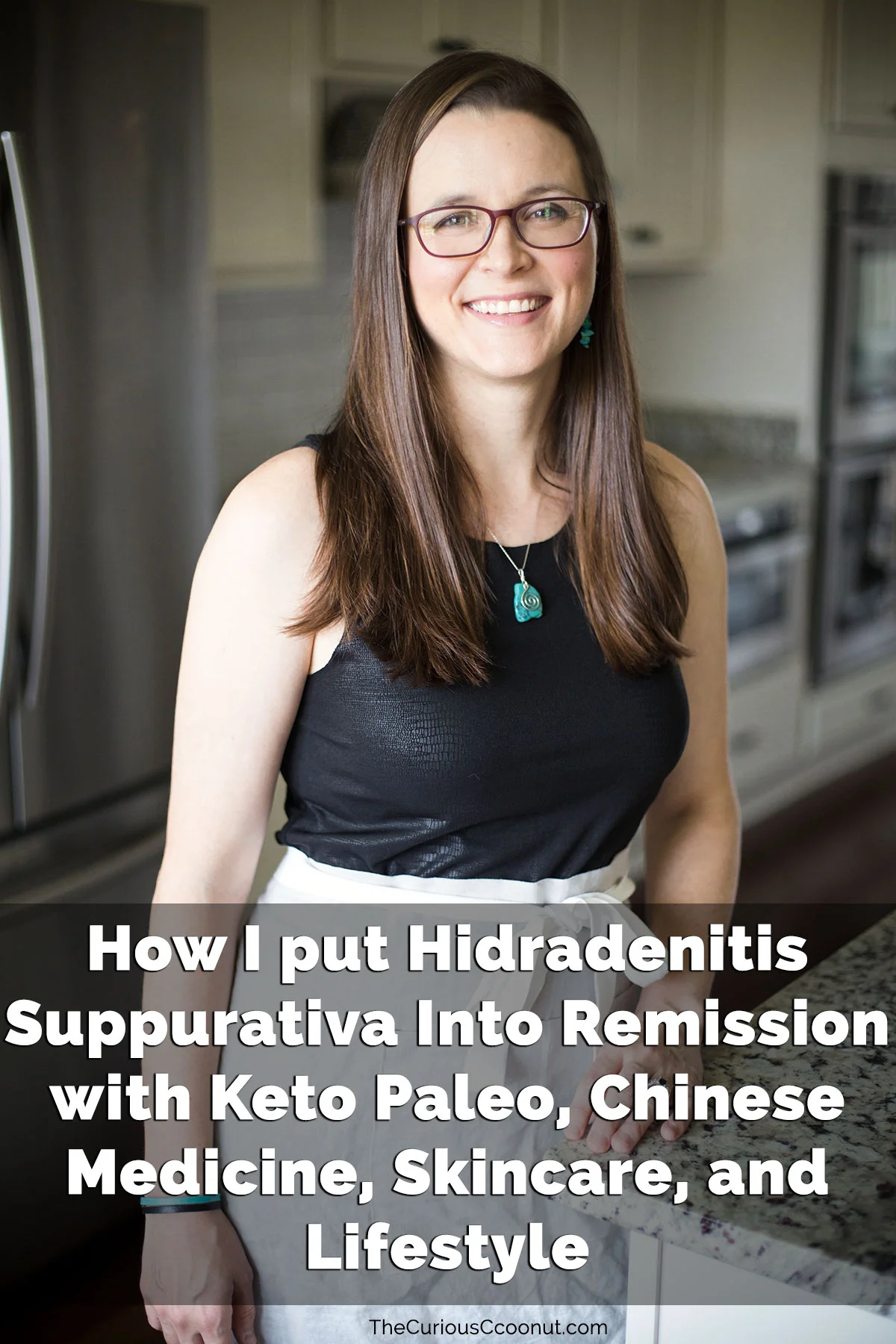



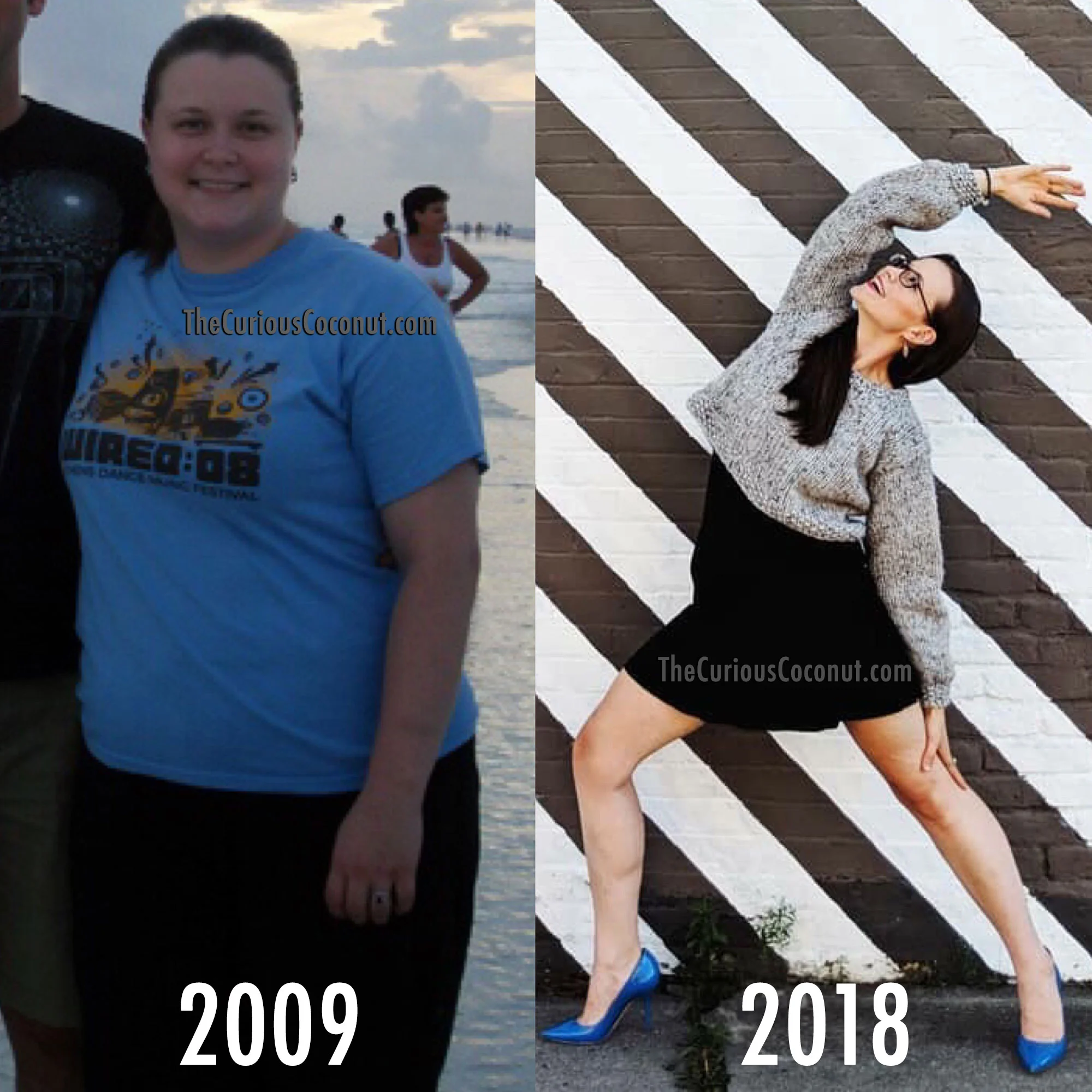



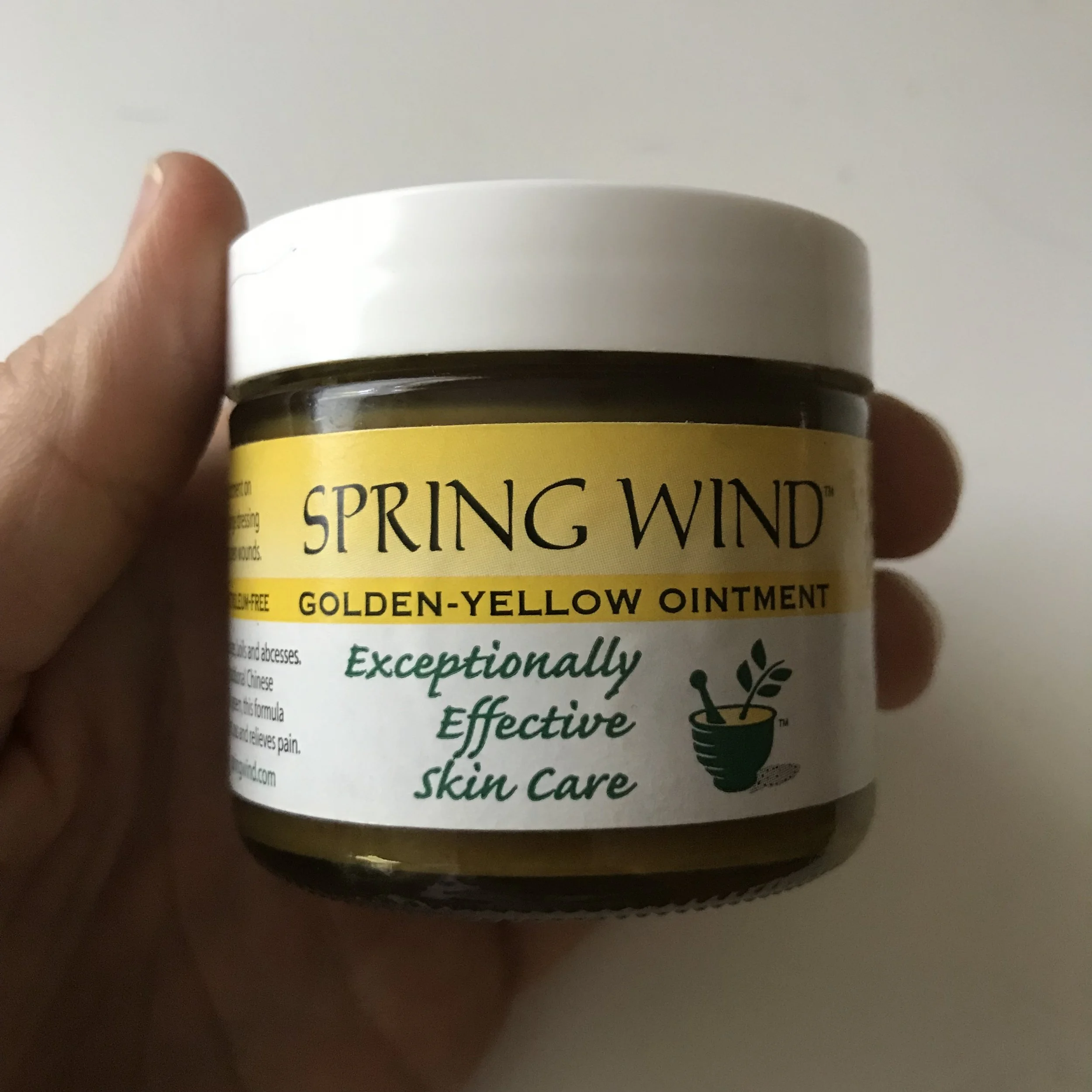

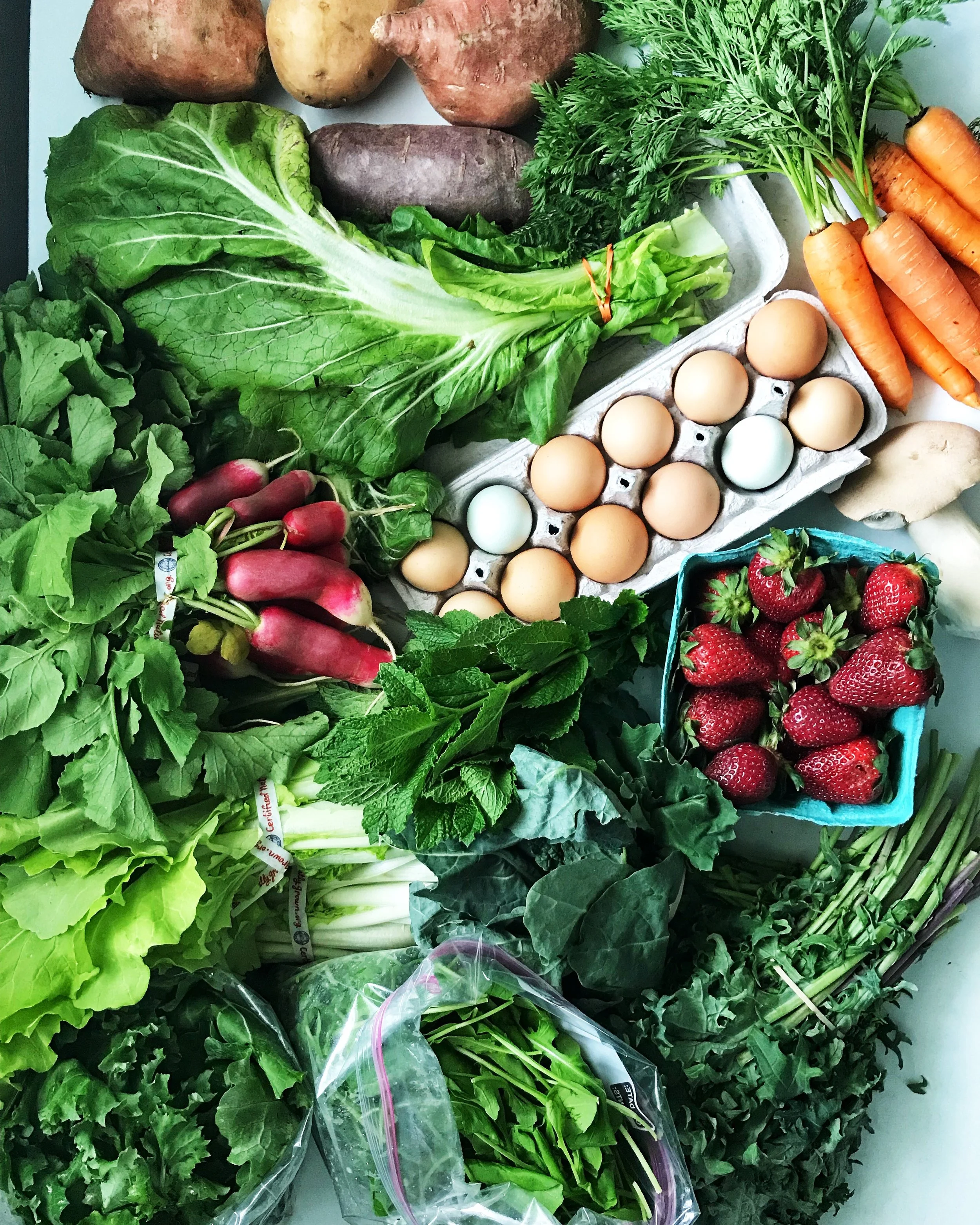


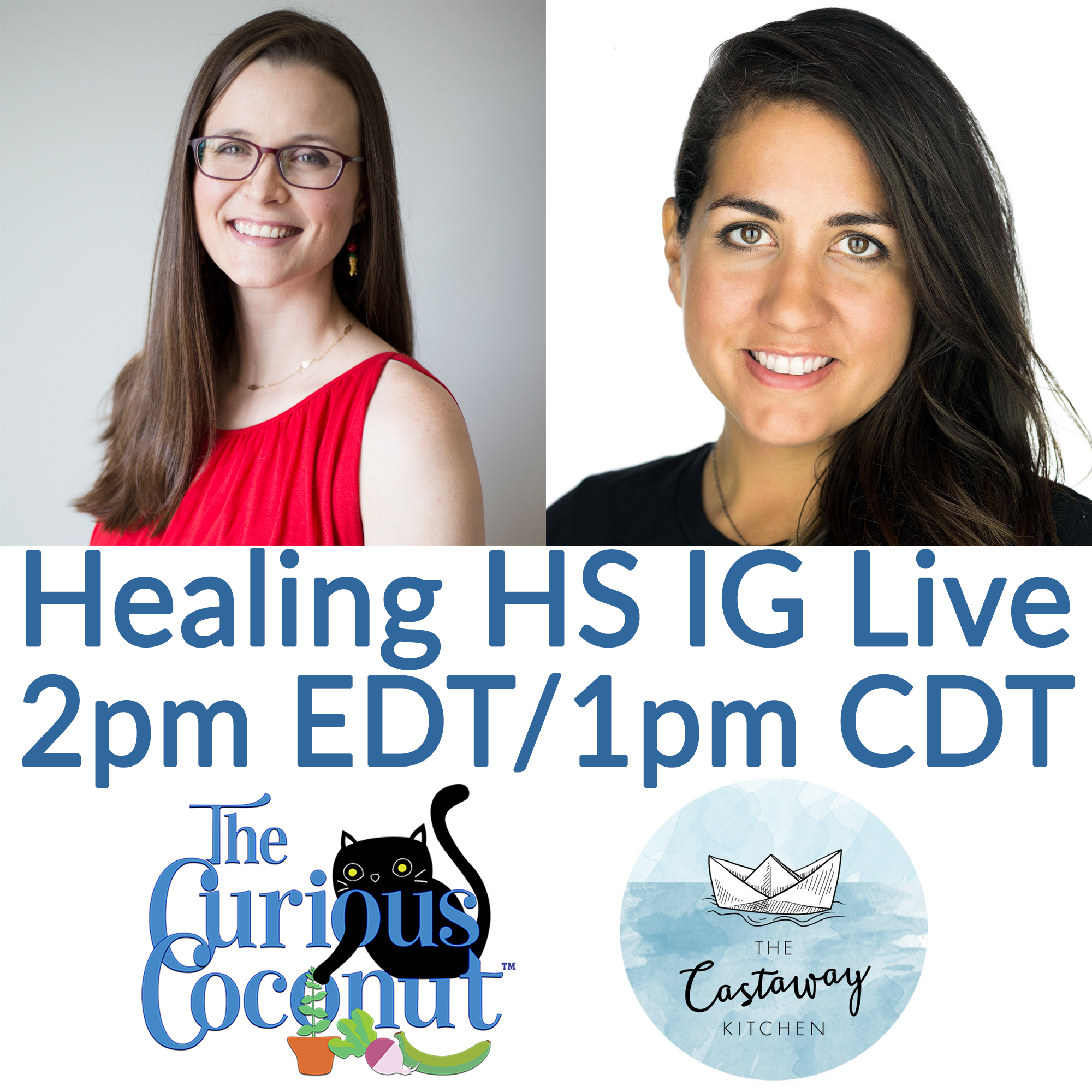
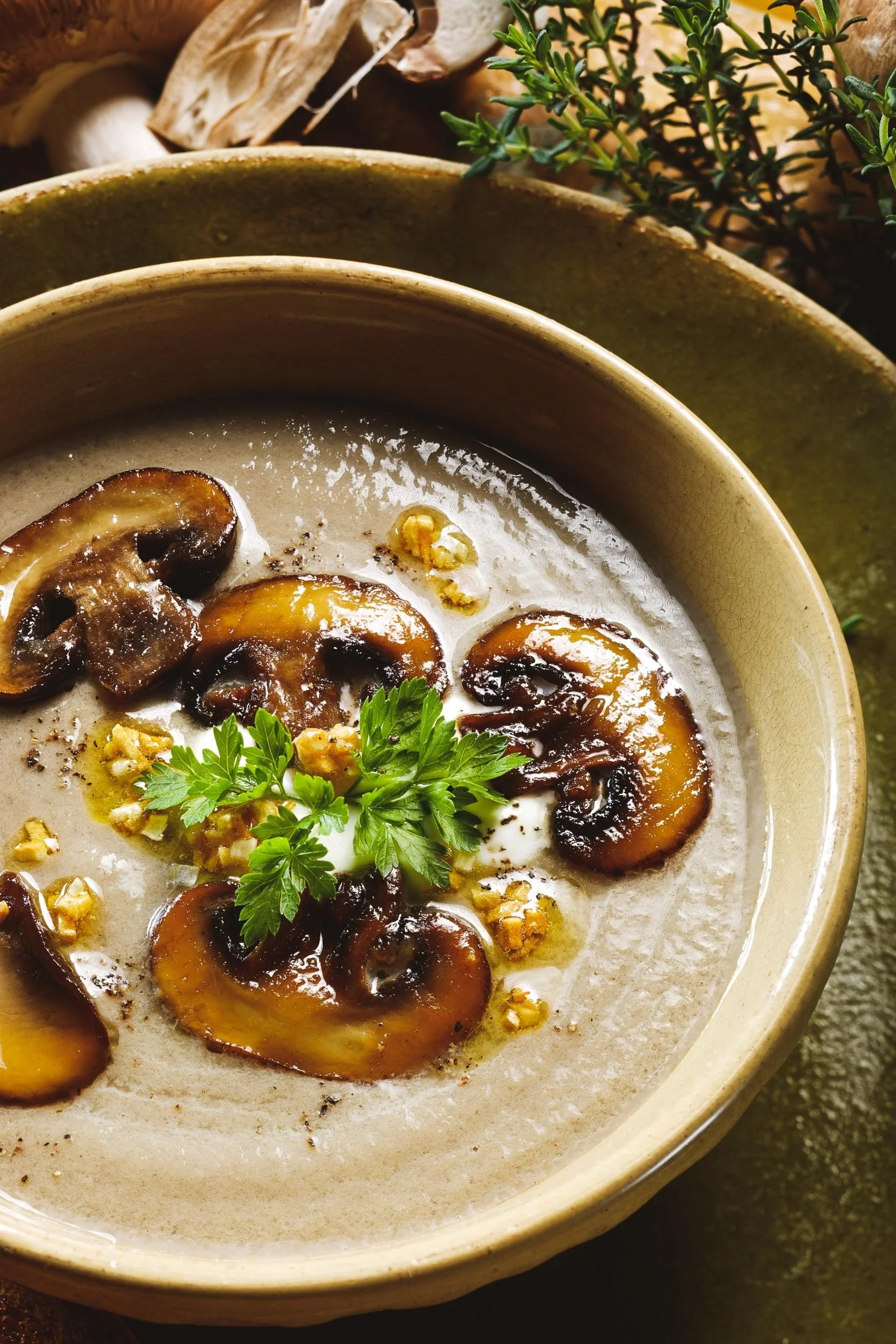
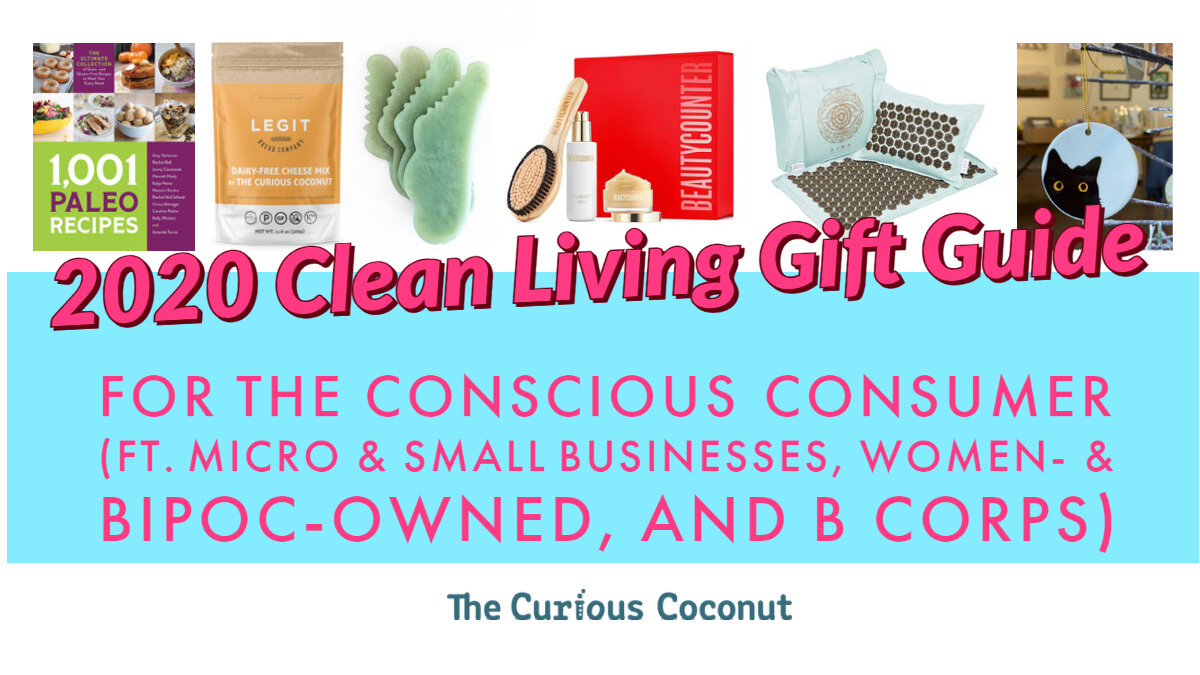

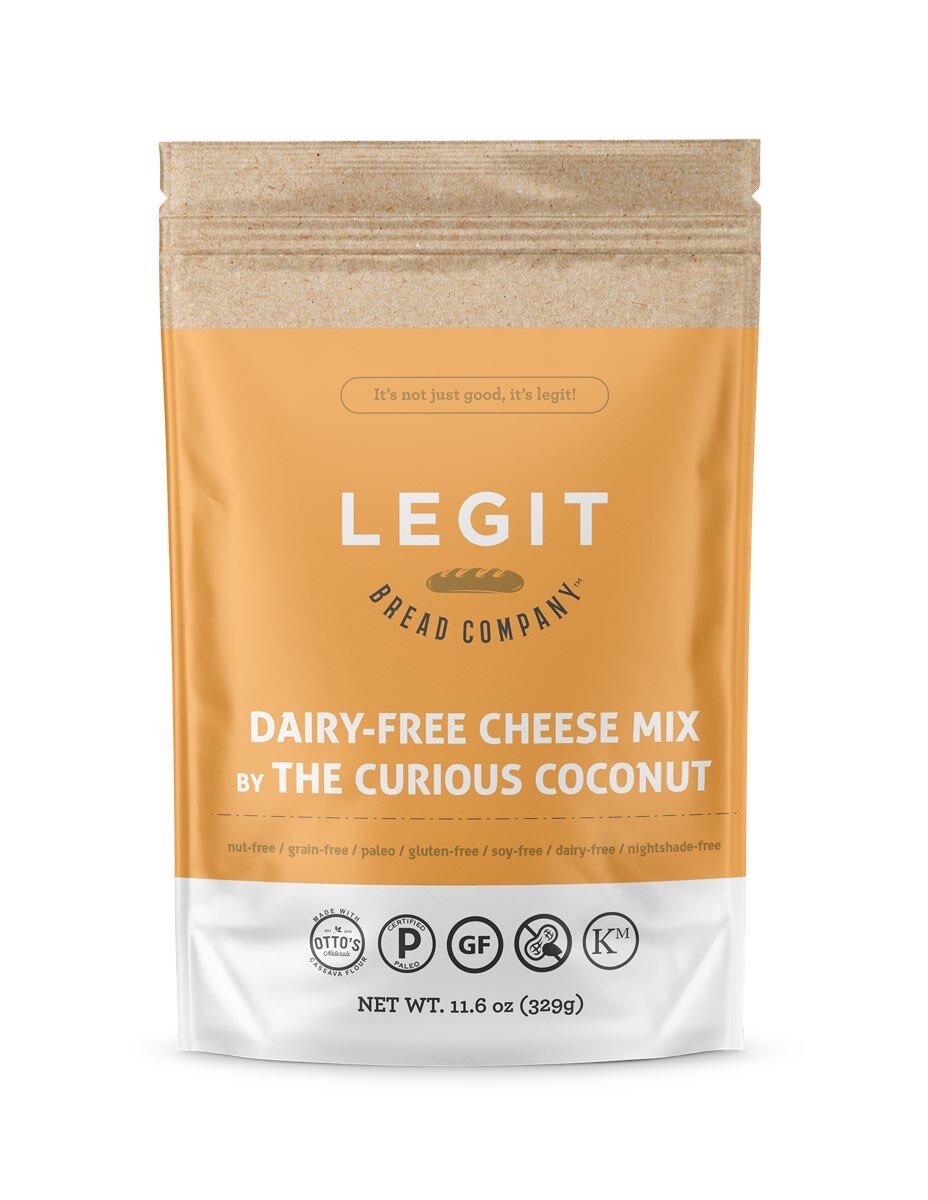









This gluten- and dairy-free green bean casserole is just as quick and easy to make as the original, but without the allergens and additives.